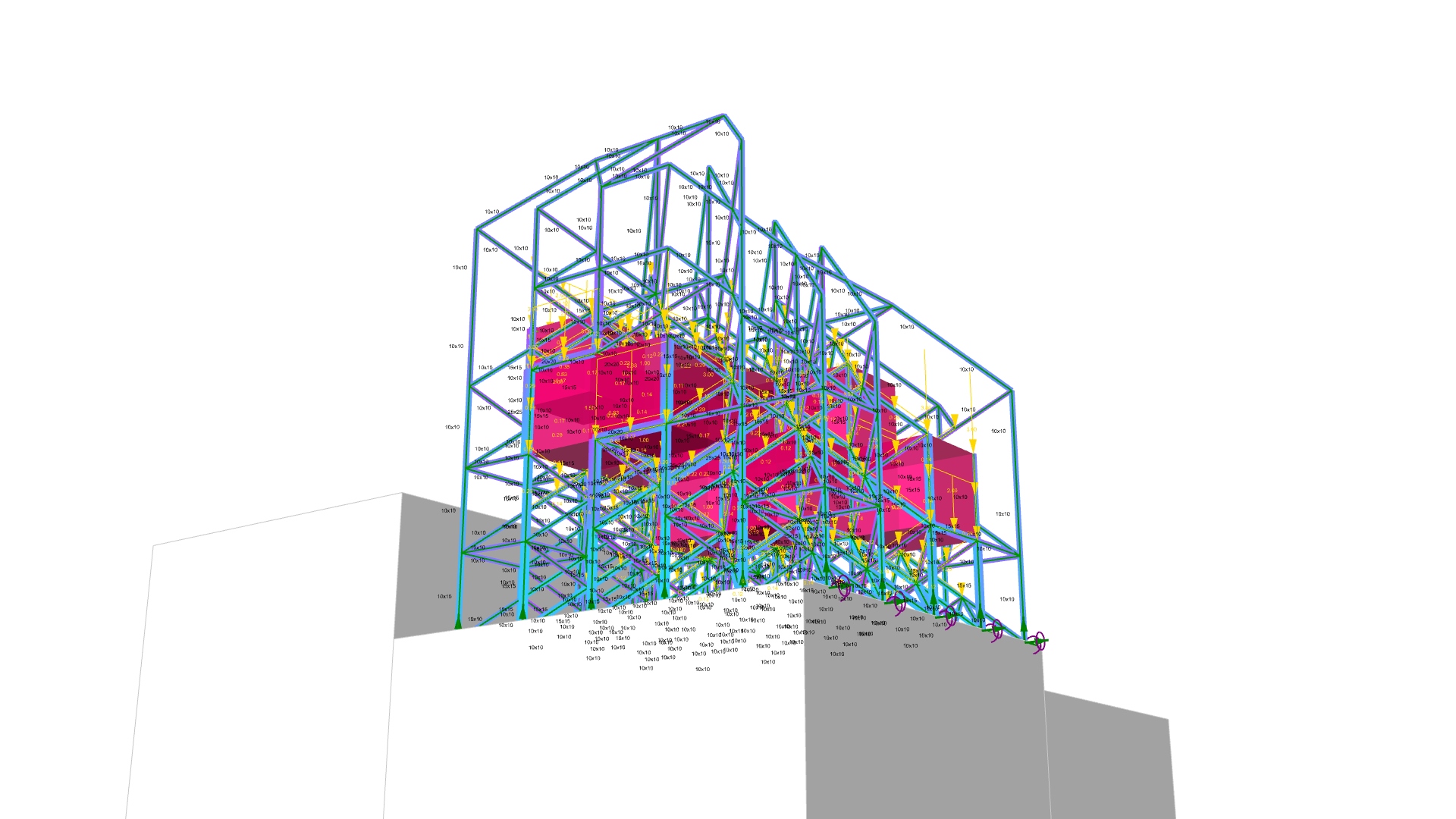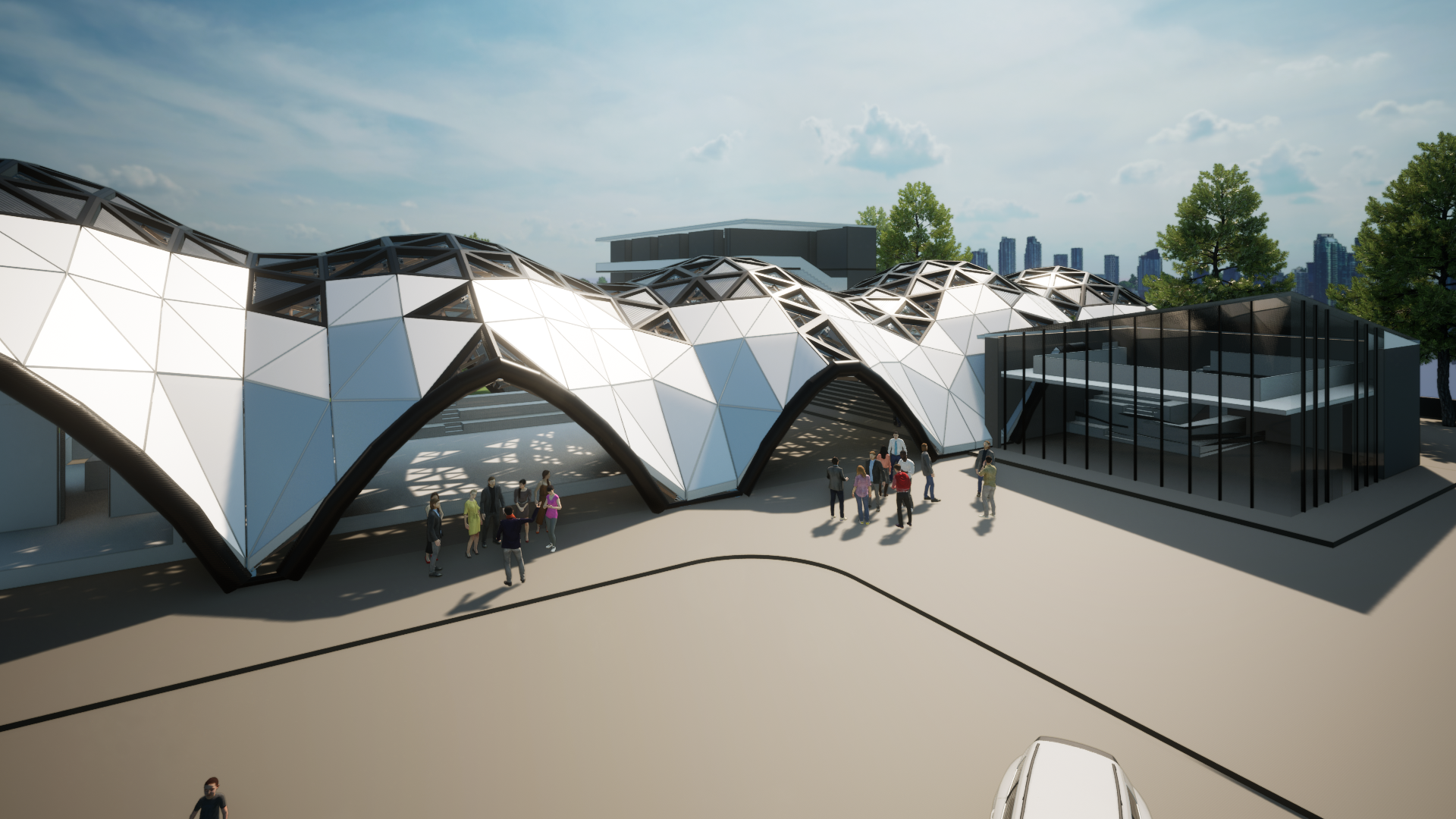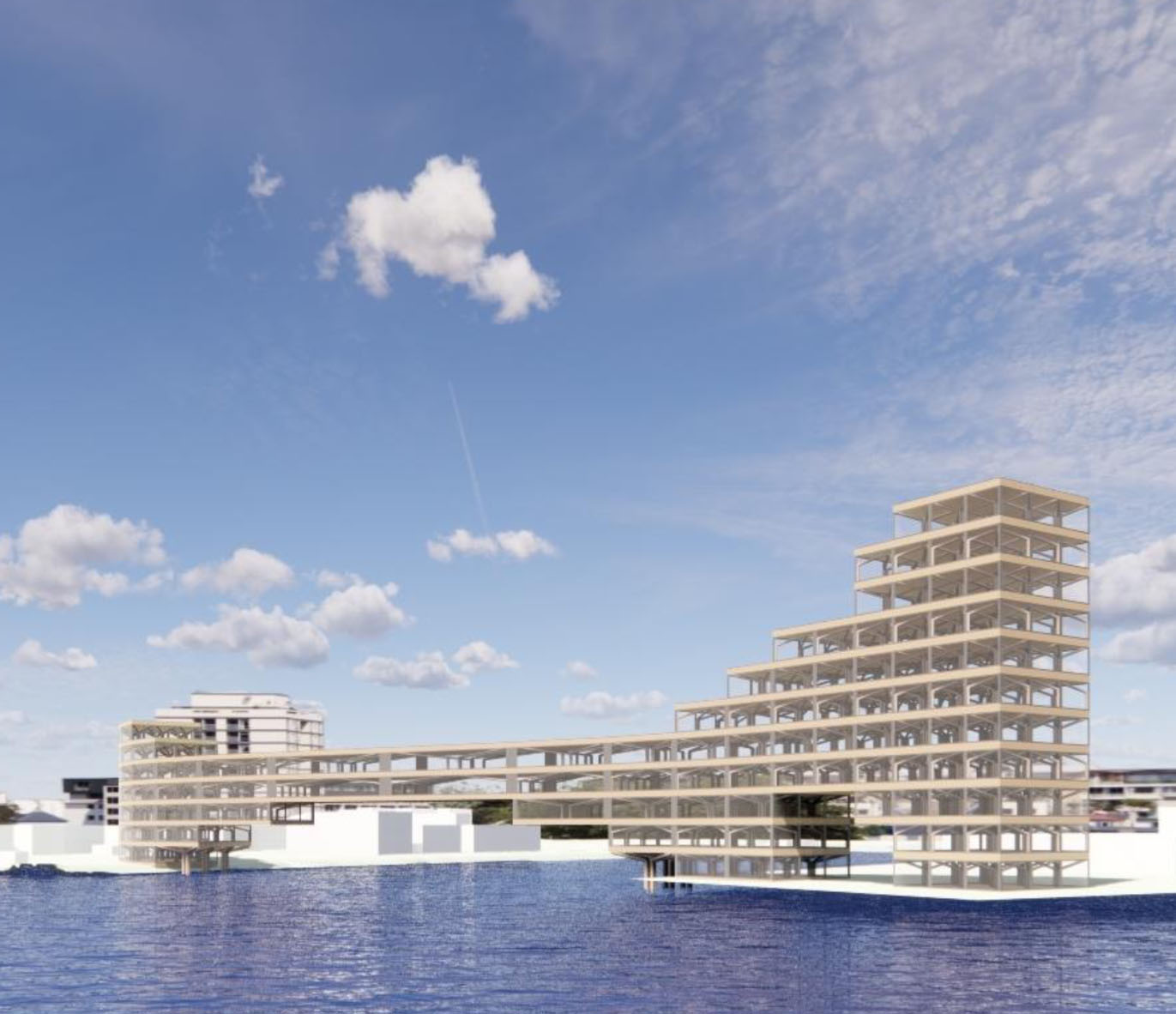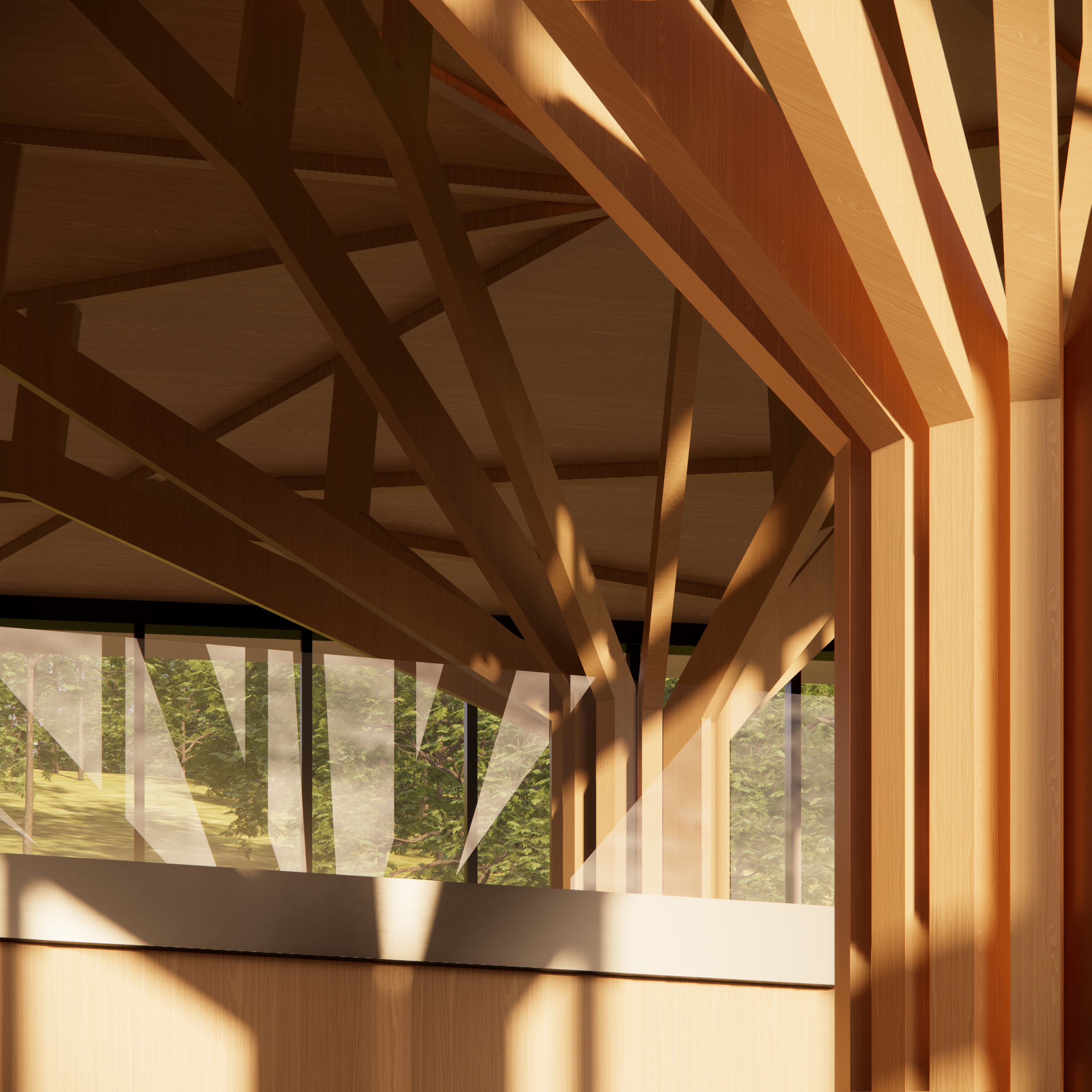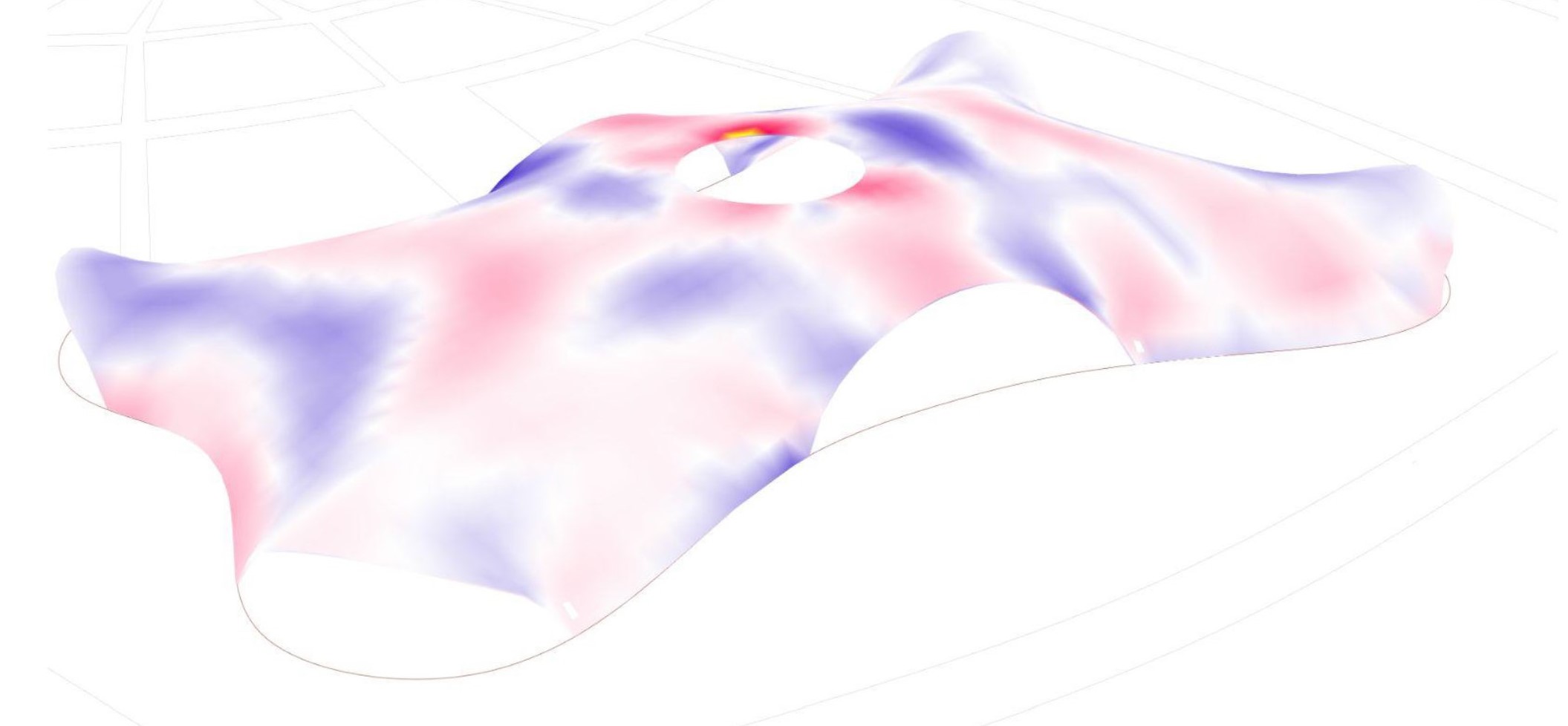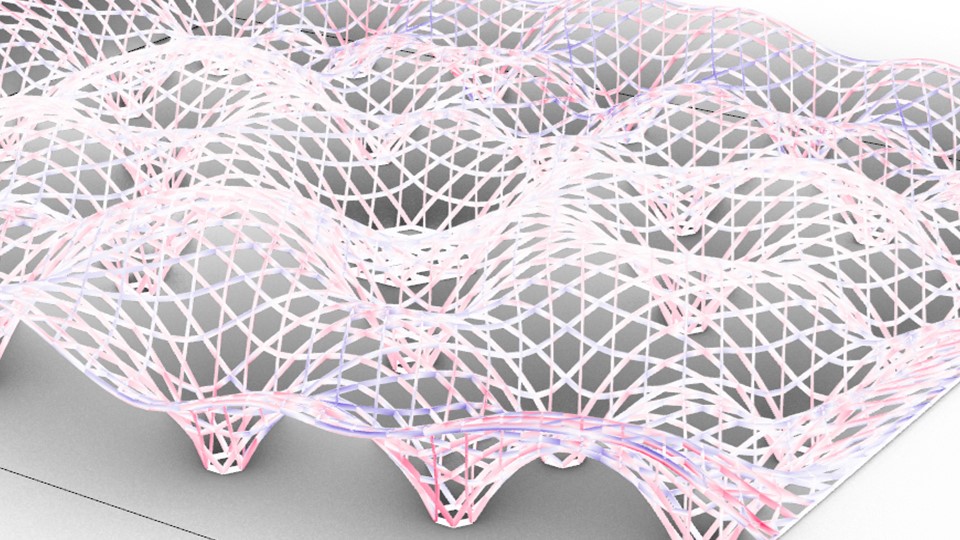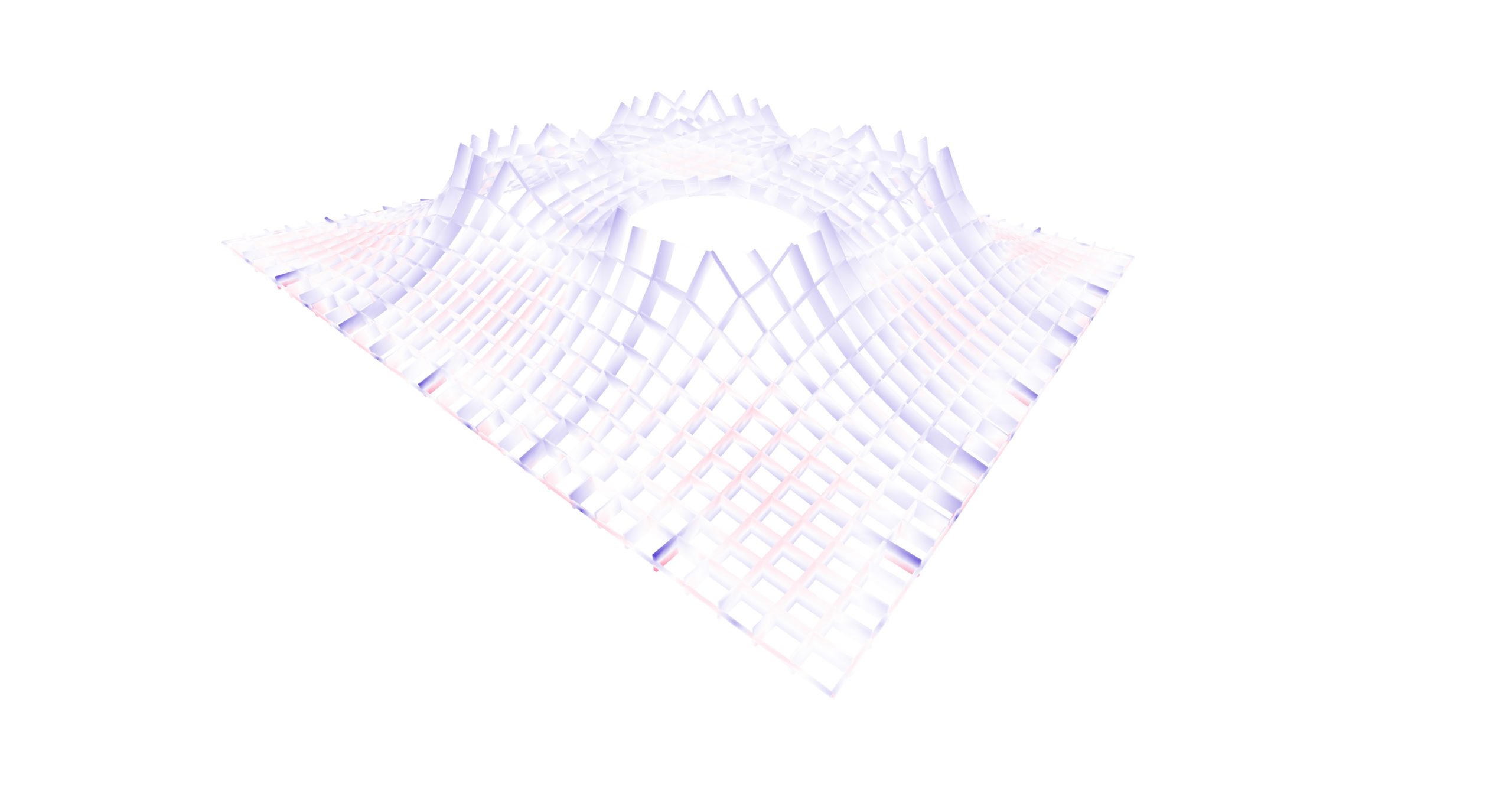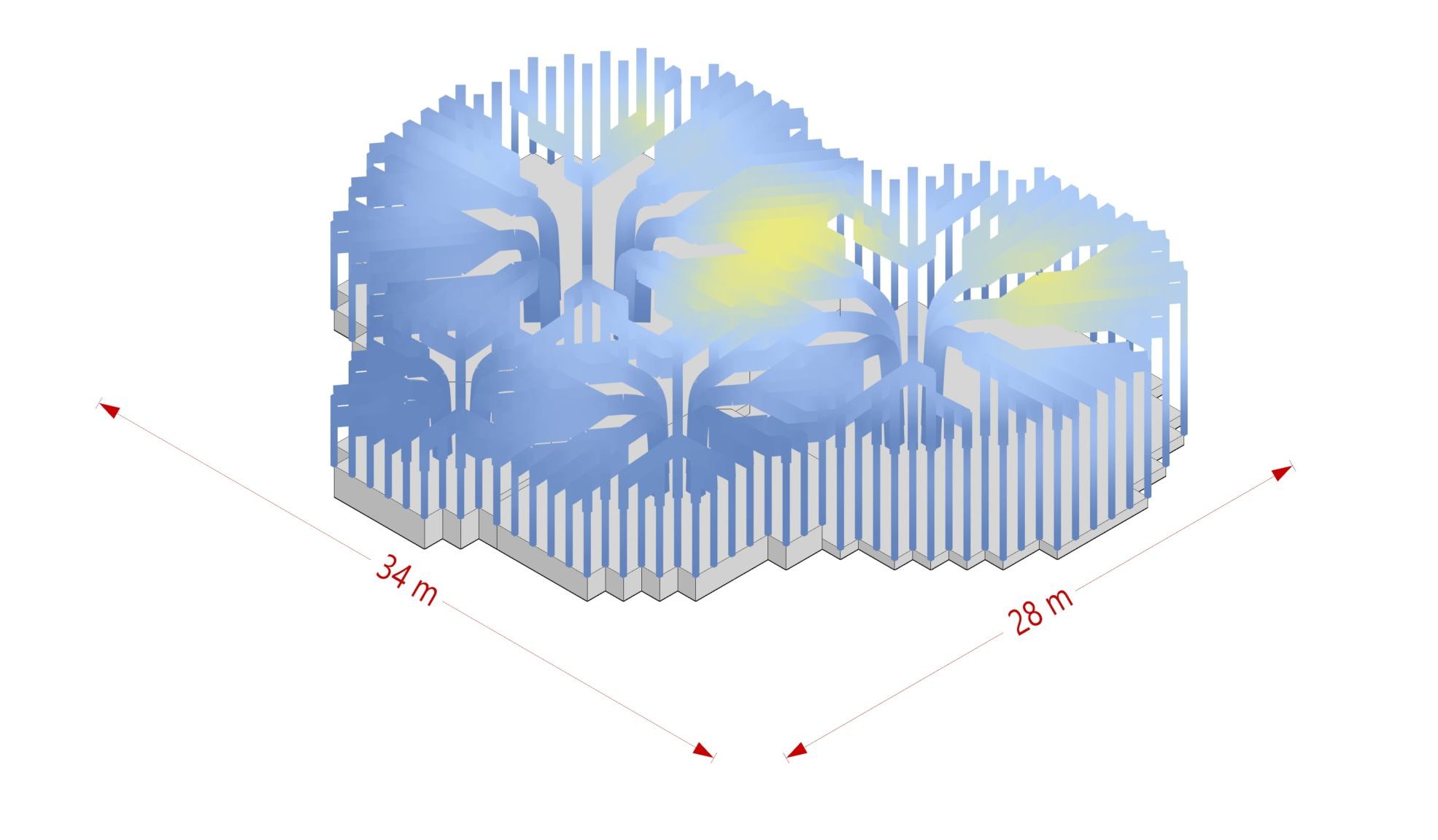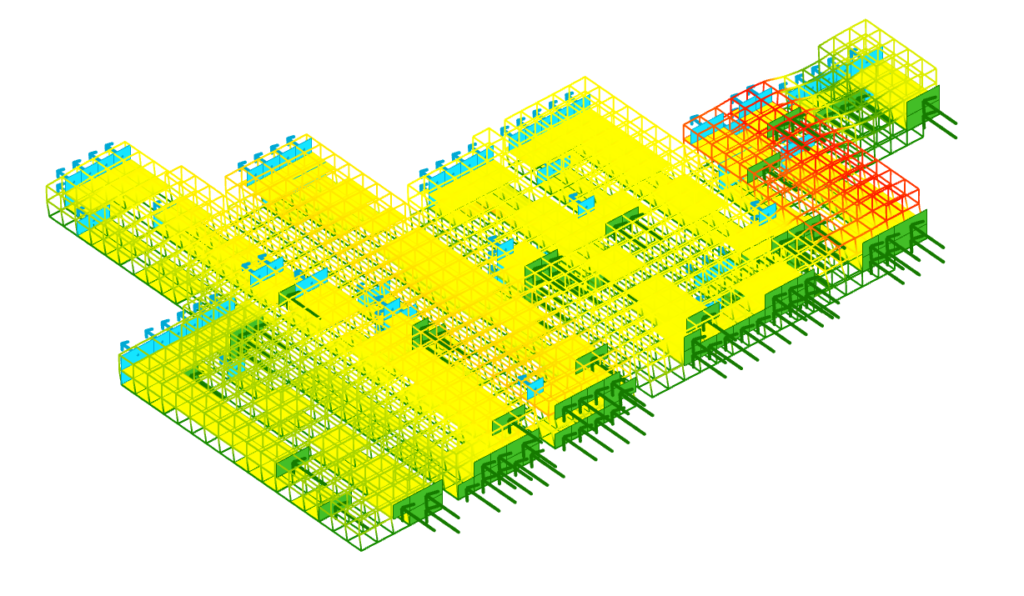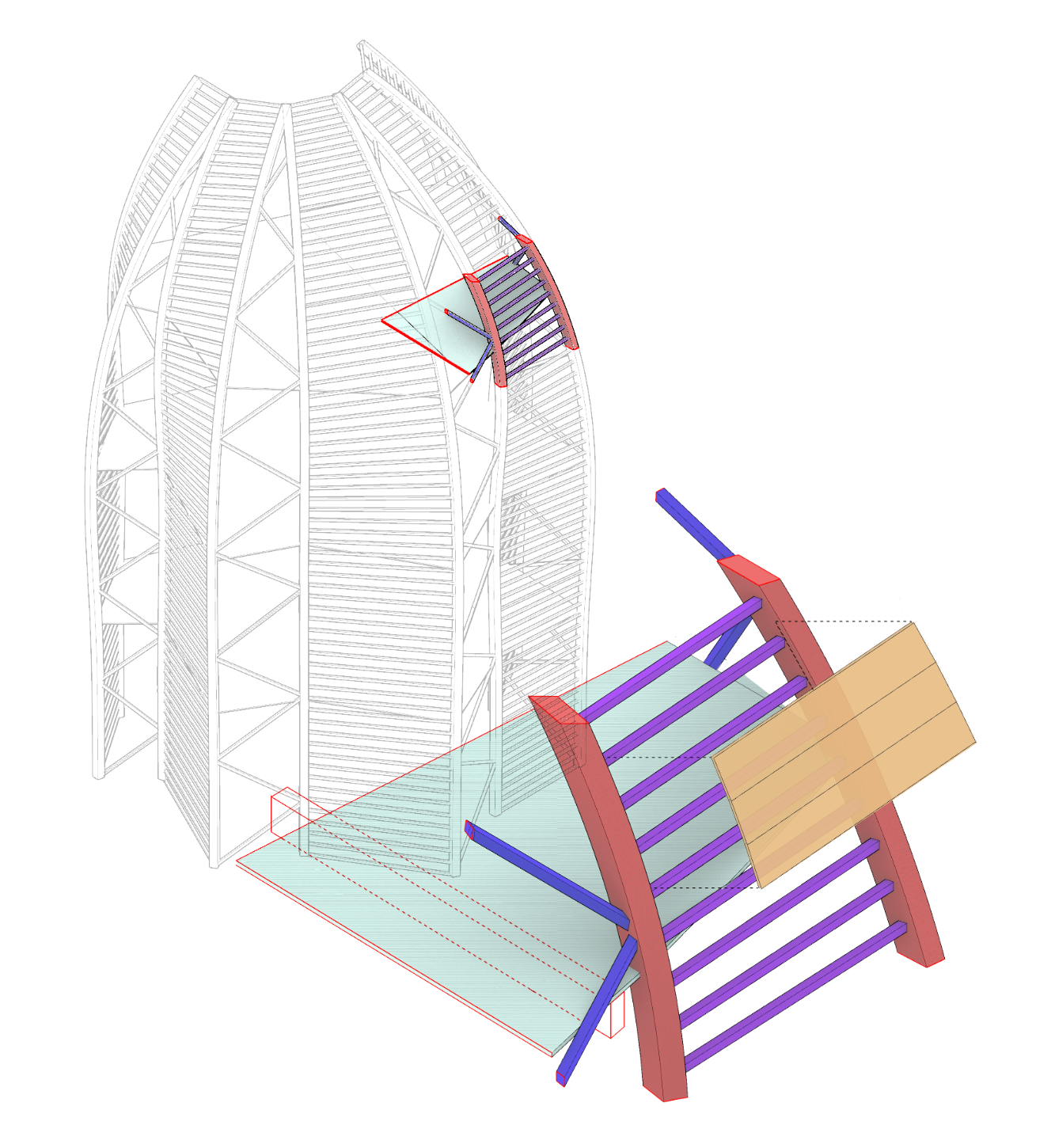PARAMETRIC STRUCTURAL DESIGN – PRINCIPLES AND TECHNIQUES
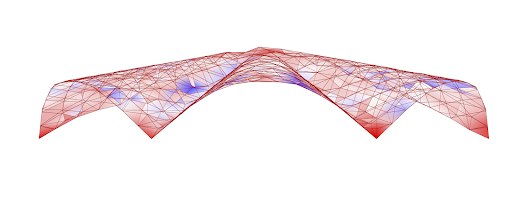
Source: MacAD 22/23:_James McBennett
The lecture will start with a recount of structural engineering basics. The aim is to gear up the participants with the necessary knowledge to be able to understand the principles of structural design. We investigate questions like how structural elements scale with increasing span and why elephants can’t jump like grasshoppers. The first lecture concludes with an introduction into parametric structural engineering using Grasshopper for Rhino and the Finite Element Toolkit Karamba3D.
In the following course units structural elements like beams, walls, slabs, trusses and gridshells will be investigated. Hands-on parametric examples will be used to develop an intuitive understanding of their working principles and potentials with respect to structural optimization. The aim is to show how these elements get assembled into engineering structures. Underpinned beams will be used to introduce the principles of prestressed structures and how they can be used to enhance the efficiency of building elements.
Parametric structural engineering necessitates not only a basic grasp of the underlying mechanical principles but also a toolbox of parameterization techniques. One course unit will therefore be devoted to the efficient set-up of Finite Element models via Rhino, Grasshopper and Karamba3D. Topology optimisation techniques and the application of genetic algorithms to structural optimization form an important part of our toolset. Examples will be used to highlight different possibilities of their application in early stage architectural design.
Stability often governs the design of slender structures. We will therefore take a look at the buckling mechanisms of beams and shells and how this connects to their vibration behaviour. We investigate the question of which parameters determine buckling failure and which measures help to avoid it.
Modern building materials like carbon and glass fibres feature high tensile strength. This raises the question as to how to make use of this property in the context of large span roofs and bridges. Corresponding building types will be investigated via parametric models.
Shells can efficiently span large spaces. One course unit will be devoted to thin concrete shells, their working principles and what overlap exists to the mechanical principles of arches.
The course concludes with a presentation of the participants’ digital structural models which they develop during the semester. The aim is that the participants apply the parametric structural analysis and optimization techniques in the context of their studio work.
Learning Objectives
During the course of this semester we will guide you through a series of lectures to explain ideas, theory and background of parametric structural design. We want you to achieve these goals:
- develop an understanding of basic structural principles
- know about the advantages and liabilities of different structural typologies
- make informed choices with respect to construction types and building materials
- be able to set up a digital structural model
- learn the fundamental aspects of using Karamba3D
- evaluate and optimise parametric structures
- interpret the result of a structural analysis
- know how to check results for plausibility
- be able to deal with problems and errors during analysis
parametric, structure, optimization, engineering, sustainability.





